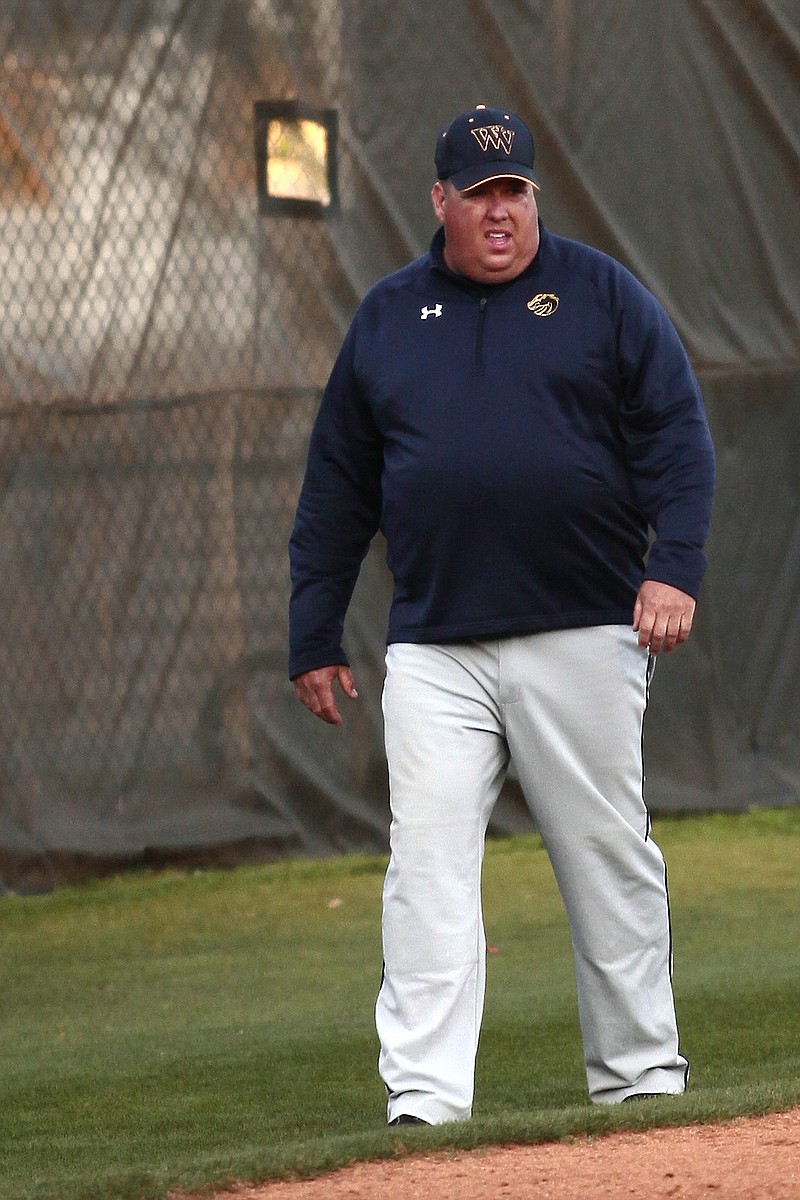Slightly more than a week ago, a high school baseball decision was set aside, Walker Valley's win over Bradley Central resulting in a forfeit.
While Bradley did not gain a win, Walker Valley took a loss.
It came as a result of nationwide pitch-count rules instituted by state athletic associations at the behest of the National Federation of High Schools as an injury prevention measure.
A Walker Valley pitcher pitched beyond the 120 pitches allowed by TSSAA rules. It was a misunderstanding of those rules that kept the pitcher in the game, coaches' initial thought being that he could finish the inning he'd started with fewer than 120. The rule is that he can finish pitching only to that batter against whom the 120-pitch limit is reached.
Those pitchers who throw 120 are required to have four days of rest. Three days are required for those who throw 76-119, two for 56-75 and one for 26-55. No pitcher is allowed to throw more than three consecutive days.
More restrictive Georgia guidelines call for a 110-pitch maximum and then four days of rest. According to a graph from The News-Reporter in Whiteville, N.C., South Carolina pitchers are required to have five days of rest if they throw 90-plus pitches. In Alabama, pitchers must have at least three days rest for 75 or more pitches thrown.
Policing the pitch counts falls to the coaches, and now each must sign a sheet verifying pitch-count numbers at game's end.
Some coaches are using GameChanger, a computer program that charts the entire game, and some use a hand-held "clicker."
"What Alabama coaches did initially - they've had pitch-count rules for a couple of years - was meet at home plate each half-inning. The next year they just hollered from the dugout," TSSAA executive Gene Menees said.
"The pitch-count rule is a positive move," East Hamilton coach Steve Garland said. "It will change the way coaches strategize for sure."
Grace Academy coach Tommy Morrell agreed.
"I am very much in favor of the pitch-count change. It was a step in the positive direction," he said. "We are a small program with a limited amount of pitching. If you play the maximum number of games, a team our size is going to struggle. We scheduled (fewer) games and got ourselves out of weekend tournaments because we just do not have the pitching to play four games in three days."
The NFHS decided that each state should set its own guidelines, and the TSSAA policy came from the Tennessee Baseball Coaches Association.
"The only thing (the TSSAA) added was that violations would result in forfeiture," Menees said.
There has been an instance in Florida in which a game was forfeited for pitch-count overage and another in west Tennessee that has yet to be resolved.
"We have one school saying a pitcher threw this many and the other saying he threw more. In such situations if we can't come up with a solution, we go with the home team's book," Menees said.
There are currently no penalties - fines or suspension of coaches - beyond the forfeit in Tennessee. South Carolina and Georgia have a fine and suspension of coach in addition to the forfeit. Alabama has a fine.
"We haven't discussed changing anything. We're going to go through this for a spring, then go back and sit down and talk (with the TBCA) and see if we need to add or change anything," Menees said.
One of the points likely to be discussed is a penalty if a losing team breaks the pitch-count rule.
"It's hard to forfeit a loss. There's no penalty in that regard at all, and it's something we'll discuss this summer," Menees agreed.
Coaches generally feel the new pitch-count system is a step in the right direction, but there are those, including Ooltewah's Brian Hitchcox, who would like to see the rules lead also to a change in the state's postseason format.
"I believe it needs to change, and I believe this new pitch-count rule will expose just how poorly it has been constructed. If you go back and look at the last 10 years of state tournament play at every level, most of the players who pitched in the championship games would be ineligible to pitch by the current rules," Hitchcox said. "The current (playoff) system is set up to overuse pitchers. They should blow it up and start over.
"Most of the time with pitchers it's not the number of pitches but the days of rest. This is just the first of many steps to protect players' arms, but it would be nice if our own state association designed a postseason that allowed that to happen while assuring that the best pitchers on the best teams are still able to pitch in the biggest games."
Many Chattanooga-area coaches tend to like the Georgia postseason format in which the top four teams in each region advance to best-two-of-three series, progressing that way to the championship series.
"We do not reward regular-season (results) enough. I wish there was a way to follow Georgia's best-of-three system," Notre Dame coach Trey Hicks added.
"It's been discussed," Menees said of changes and what they would entail. "What we've told baseball coaches is that we'd have to do the same for softball. Coaches work from the start of the season forward. From our perspective, we have to start with the state tournament and work back."
Contact Ward Gossett at wgossett@timesfreepress.com or 423-886-4765. Follow him at Twitter.com/wardgossett.
